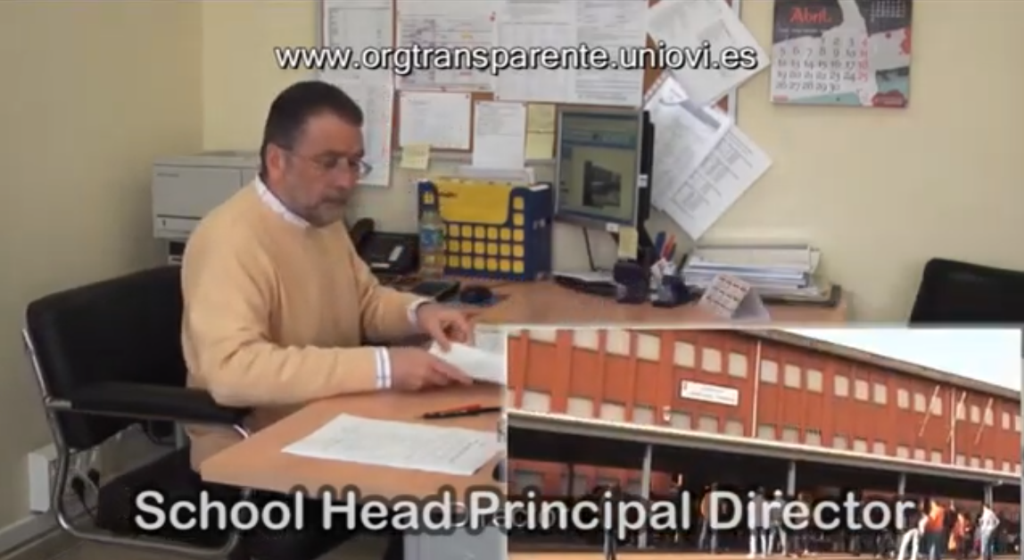Some schools have a school canteen where pupils can stay in the middle of the day and in the afternoon.
School canteens are, together with school transport, complementary services provided by the school to the educational community. They may occupy a specific location or a multi-purpose space.
The operation of canteens is governed by the regulations.. It is a complementary service whose operation is regulated by the local council, although it can be managed by the Parents’ Association, by the School Council and by the school headmaster. Occasionally, companies are hired to bring food to the school premises, known as caterers. There are also assistants and monitors who look after the children and supervise the running of the school. It is possible to find schools in which it is the teachers themselves who are in charge of these small diners.
In other cases, and in large centres, this very same space, or a similar one, is open all the time as a cafeteria. In this case, it is used by teaching staff and pupils at break times.
To a certain extent, the pupils who attend continue to receive training at lunchtime, as it is increasingly common to promote other teaching associated with this activity during this time. Thus, on the one hand, they acquire healthy eating habits while at the same time learning and practising desirable table manners and eating properly.
Related videos:
Questions
Please answer the following questions in the space below. You can answer in any language and the questions you want.








This video provides a comprehensive overview of the operation of school dining halls and cafeterias. It emphasizes the importance of these services as complementary to education, as well as their regulation by local authorities. It is mentioned that management may be carried out by different entities, such as the City Council, the Parents’ Association, the School Council, or the school principal. Additionally, the possibility of hiring catering companies to supply food is mentioned. The role of assistants and monitors in attending to and supervising children during meals is also highlighted. It is interesting to note how some schools allow access to the cafeteria during break times, providing an additional space for both teaching staff and students. Furthermore, the educational value of this time is emphasized, where students can learn about healthy eating habits and proper table manners.
Regulatory Oversight: In both countries, school canteens are subject to regulations and norms that establish guidelines for their operation and set standards for the quality of the food served.
Diverse Management: Both in Spain and the United Kingdom, the management of canteens can be entrusted to various entities, such as the local City Council, the Parents' Association, the School Council, or the school principal. Additionally, in some cases, catering companies may be contracted to provide the meals.
Focus on Food Education: Both countries recognize the importance of mealtime as an opportunity for food education. The aim is to promote healthy eating habits and teach students about appropriate table manners.
These similarities reflect the significance attributed to nutrition in the educational environment, as well as the shared concern for providing a nutritious and educational dining experience for students.
Culinary Culture: There is a variation in culinary preferences and customs between the two countries, which can influence the types of food served in school canteens. For example, the Mediterranean diet may be more prevalent in Spain, while in the United Kingdom, they may include more traditional British dishes.
Specific Regulations: Although they share similarities in general regulation, there are likely differences in the specific regulations governing school canteens in each country, including standards for food quality and food safety requirements.
These differences reflect the cultural and organizational particularities of each country, as well as local needs and preferences regarding school meals.